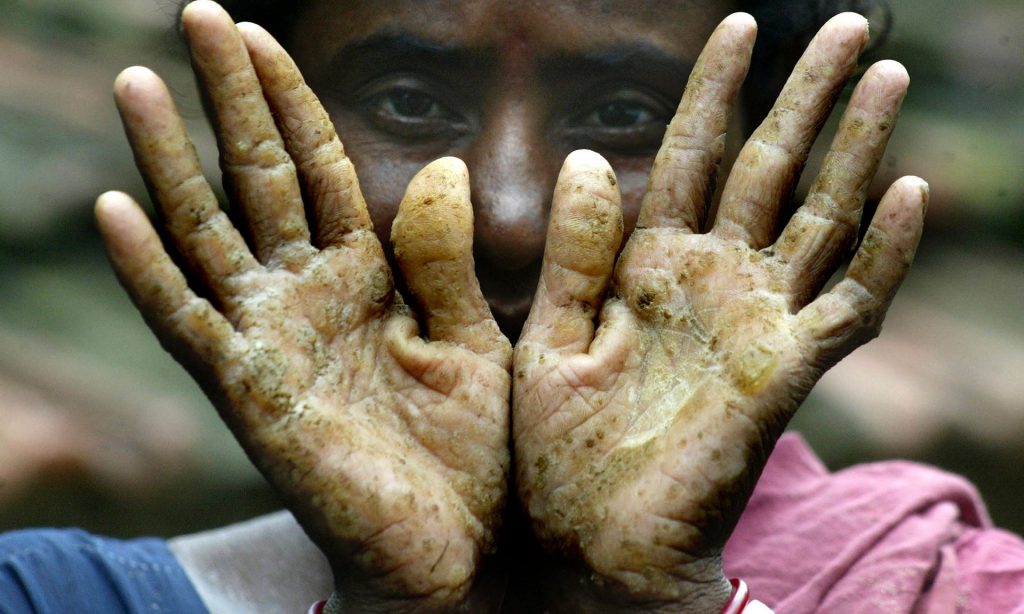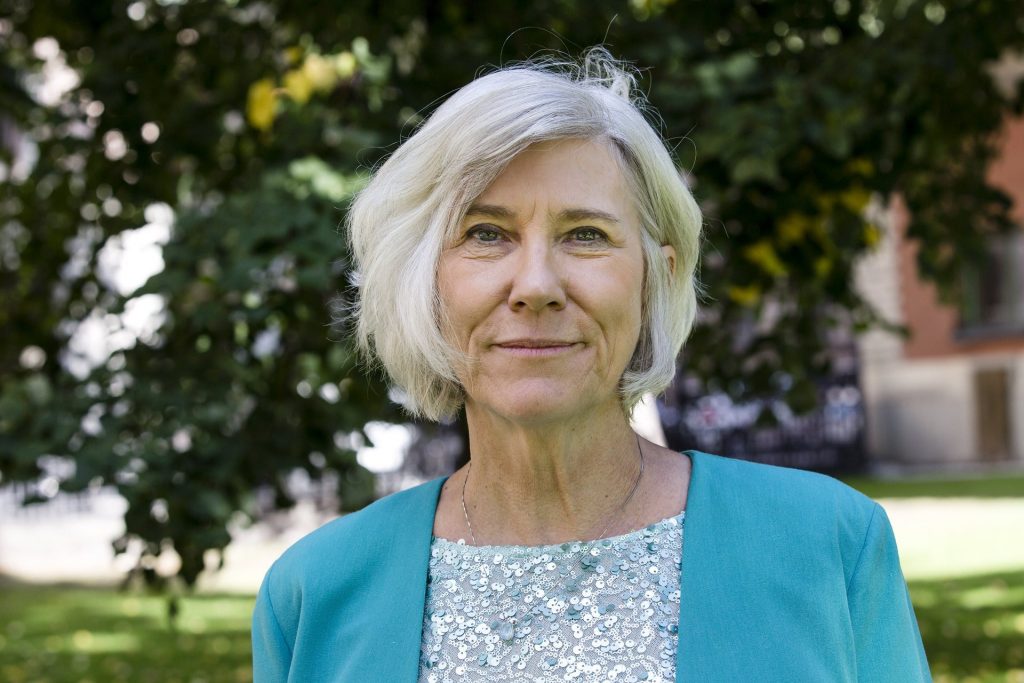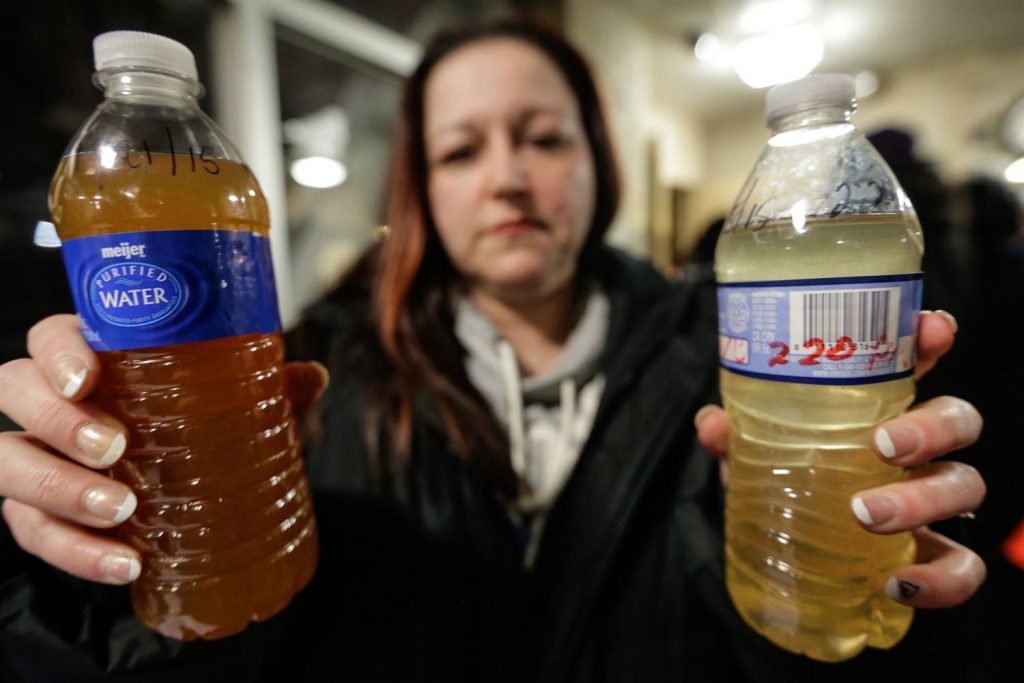
Photograph: Sucheta Das/REUTERS
In May 2000, around half of Walkerton’s 5,000 residents fell severely ill and seven people died when cow manure washed into a well. The extent of the water pollution in the small Canadian town was concealed from the public, people drank from their taps and the result was ruined lives.
For academic microbiologist Joan Rose, who has observed water pollution outbreaks around the world, it was the worst that she had ever experienced.
“It affected me the most. Walkerton is a small small farming community. The people there were very gracious. Two pathogens came in to their water supply. They did not know children would die, or would suffer kidney failure and be on on dialysis for the rest of their lives. I saw what it did to people. I saw the pain.”
Walkerton was one of Canada’s worst-ever pollution incidents but there are hundreds of similar incidents every year around the world, albeit mostly less serious, says Prof Rose, who is laboratory director in water research at Michigan State University.
Most come from people drinking water contaminated with sewage, she says. “In the US there are 12-18m cases of human water-borne diseases a year. In developing countries it is possible that one in three hospital cases may be due to contamination of water. We do not know exactly how bad it is but 1.5 billion people do not have access to adequate sewage treatment.”

Rose, who this week was presented with the world’s most prestigious prize for water at a conference in Stockholm, is alternately depressed and optimistic at progress to clean the world’s water supplies and make water fit to drink.
“We have started to decrease mortality for waterborne diseases but the big problem now is morbidity [disease-related]. People are getting more sick. We are now more polluted than we have ever been”.
The statistics are dismal. This week the UN Environment Programme reported that “hundreds of millions” of people face health risks like cholera and typhoid from pathogens in water. Water pollution in Asia, Africa and Latin America is worsening, said the report, with pathogen pollution now in more than half of all rivers stretches on the three continents.
“There are 7 billion people and most of their waste is going into water. The water quality of lakes, rivers and coastal shorelines around the world is degrading at an alarming rate. There has been a great acceleration since the 1950s of human and animal populations, water withdrawals, pesticide and fertiliser use. But at the same time there has been a deceleration, or shrinkage, in wetlands,” says Rose.
“We are changing our lands. Land is the source of contamination, but climate is the driver [of contamination]. We know that the intensity of rainfall, storms and droughts is changing. More than 50% of community waterborne illness events in the US each year are associated with extreme rain.”
When it rains heavily or floods, pathogens like Leptospira, hepatitis, norovirus and cryptosporidium are all significant, she says. “There is a direct link between water pollution, certain food-borne disease outbreaks and warmer oceans. Temperature, precipitation, humidity and flooding are all factors in contamination of water and food systems by pathogens. Many developing nations suffer terribly from illnesses caused by lack of sewage treatment facilities which are exasperated by climate.”
Meanwhile, sewage contains well over 100 different viruses. Newly emerging viruses such as Cycloviruses, which are causing neurological problems in children in Asia, are also emerging in sewage and are spreading.
“Pollution is spreading to every part of the world. Everywhere is now under huge new attack from viruses and pathogens,” she says.
Rose has led research into how new pathogens and viruses are being spread around the world by hitching rides in the ballast water which ships take on to stabilise them on long journeys. They are picking up viruses in one ocean or sea and bringing them to others, she says
“We are infecting the food chain, and the whole system. I am thinking what are we missing about the bio-health of the planet. What do we know about what is happening in the wild? Frogs are dying, starfish are dying. We focus so much on humans we don’t know about much else. Every part of the world is now under huge new attack from viruses and pathogens.”

Photograph: Ryan Garza/AP
The answer, she says, must be massive investment in water infrastructure. “But in the US alone, it’s estimated that what is needed is $70 per person per day for 10 years. In developing countries its far more.”
But it has to be worth it, she says. “Access to clean water is a central stabilising force in societies and lack of access destabilises societies. As a microbiologist, I believe that the provision of safe drinking water is the basic building block of a healthy and successful society.
“It is hard to progress when you are fighting cholera, or when there is an epidemic of child malnutrition as in India due to exposure to untreated water contaminated with fecal waste.”
The better news, she says, is that scientists can now monitor pathogens better and track their sources. “What took three weeks to diagnose now takes 24 hours. There is more public support, more money, more political will to clean up water. We have more knowledge and more willingness to pay.
“The key is education, specifically development of a global water curriculum to prepare the next generation of problem solvers. The need is enormous.”

